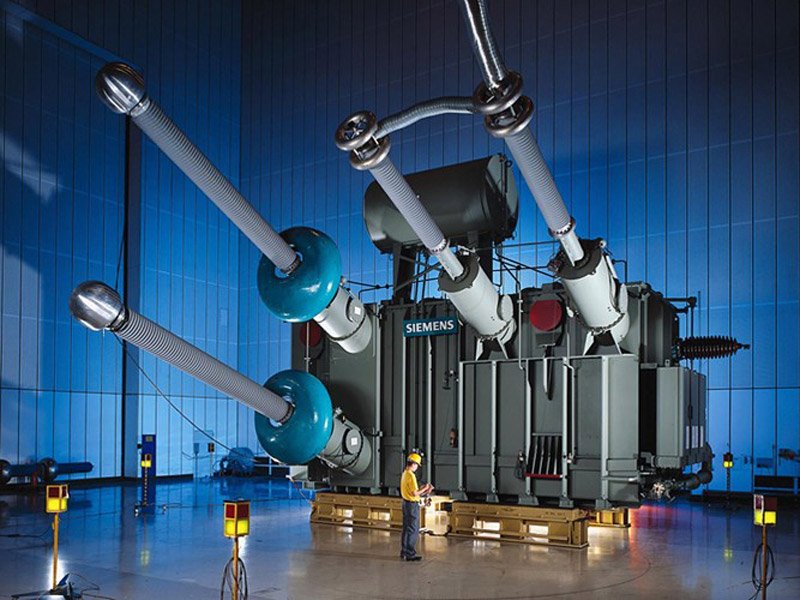High Voltage Direct Current (HVDC)
Undergrounding HVDC reduces the overall level of risk.
The fundamental reason Murraylink and Marinus Link projects are able to efficiently and economically achieve long distances underground, is because they use Direct Current (DC), rather than alternating current (AC).
The community agree there are challenges with undergrounding AC – but we don’t want AC, we never did. We want underground High Voltage Direct Current (HVDC).
While High Voltage AC is feasible for overhead power transmission, it is not technically feasible to put this underground for more than 35 – 70 km. In simple terms this is because the ground naturally ‘absorbs’ some of the power along the way and consequently, over a distance, less and less power remains available for the load. At some point, there will be no power left.
On the other hand, this limitation does not exist when you put High Voltage DC underground. DC is not absorbed anywhere near as much as AC, and therefore the power loss is much lower, allowing for the transfer of electricity over much longer distances very efficiently.
HVDC Underground
As towers aren’t required for underground High Voltage DC, the straight-line distance is not critical, therefore undergrounding can use existing easements and rights of way along roads and highways. This minimises environmental and community impact, speeds up project delivery and reduces cost.
With the evolution in technology that has occurred since Murraylink, integration of HVDC into existing networks provides a range of additional advantages such as improving the stability of the existing power networks and facilitating the integration of renewable energy.
Undergrounding HVDC reduces the overall level of risk to communities and the enmvironment:
- It eliminates the risk of damage and costly power outages from extreme weather. A freak storm event in late January 2020 knocked six transmission towers to the ground and damaged a seventh just north of the town of Cressy in Western Victoria
- It reduces the risk of high voltage lines starting bushfires, and avoids power having to be switched off during bushfires.
- HVDC underground does not interfere with agricultural operations or impose as many restrictions upon landowners whose properties are subject to easements.
- It will have less impact on property values
- Will not destroy the visual amenity of views and environment
- Will not negatively impact economic development or future tourism business opportunities.
Source: Jim Phasey, on behalf of the MCHPA Technical Working Group

Join Now
Get Involved
The only way to make a difference is to get involved. It’s easy to sit back and wait for others to do something but when you are staring at 75-85m towers in a few years time, you will kicking yourself for not doing something when you had the chance. This is OUR only chance to stop these towers, so get involved now.
Welcome to the home of Darley Power Fight. A group of residents in Darley, Coimadai and Merrimu, united against high voltage transmission towers passing through our backyard. We came together through the realisation the transmission line will divide a narrow corridor between Darley and the Lerderderg State Park; altering landscape character, causing widespread damage to critical habitat for threatened species, increasing fire risk to the Park and thousands of residents, destroy our visual amenity, harm local agriculture and will impact businesses and property values. It will completely desecrate, in a few years, what nature has taken millions of years to create.


